Report this entry
More from the same community-collection
Women supporting Candidate for City Representative District 1, El Paso, TX April 26, 2022
Women supporting Candidate for City Representative District 1, ...
Loretto Academy Middle Schoolers, El Paso, TX 2022
Loretto Academy Middle Schoolers, El Paso, TX 2022
Loretto Academy Athletic Program logo, El Paso, TX 2022
Loretto Academy Athletic Program logo, El Paso, TX 2022
Scrapbook page of Loretto Academy El Paso, TX, 1930s
Scrapbook page of Loretto Academy El Paso, TX, 1930s
Students in cafeteria at Loretto Academy, El Paso, TX, birthday party
Students in cafeteria at Loretto Academy, El Paso, TX, birthday ...
Loretto Academy teachers, Dr. Lydia Baca, Dr. S. Judd c. 2001
Loretto Academy teachers, Dr. Lydia Baca, Dr. S. Judd c. 2001
Gift delivery by elementary students, Loretto Academy, El Paso, TX 1998
Gift delivery by elementary students, Loretto Academy, El Paso, ...
Sister Buffy Boeson, S.L. 2017-2018 school year Loretto Academy El Paso, TX
Sister Buffy Boeson, S.L. 2017-2018 school year Loretto Academy ...
Middle School Computer teachers Mrs. Hernandez, Mr. Snell, Mr. Charles, 1998, Loretto Academy, El Paso, TX
Middle School Computer teachers Mrs. Hernandez, Mr. Snell, Mr. ...
Black Survival Guide, or How to Live Through a Police Riot by Hank Willis Thomas
The past is always present. It is not always visible, but ...
Black Survival Guide, or How to Live Through a Police Riot by Hank Willis Thomas
The past is always present. It is not always visible, but ...
Black Survival Guide, or How to Live Through a Police Riot by Hank Willis Thomas
The past is always present. It is not always visible, but ...
Black Survival Guide, or How to Live Through a Police Riot by Hank Willis Thomas
The past is always present. It is not always visible, but ...
Black Survival Guide, or How to Live Through a Police Riot by Hank Willis Thomas
The past is always present. It is not always visible, but ...
Black Survival Guide, or How to Live Through a Police Riot by Hank Willis Thomas
The past is always present. It is not always visible, but ...
Black Survival Guide, or How to Live Through a Police Riot by Hank Willis Thomas
The past is always present. It is not always visible, but ...
Black Survival Guide, or How to Live Through a Police Riot by Hank Willis Thomas
The past is always present. It is not always visible, but ...

















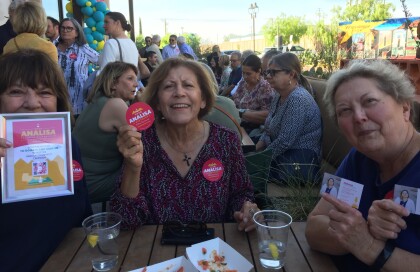

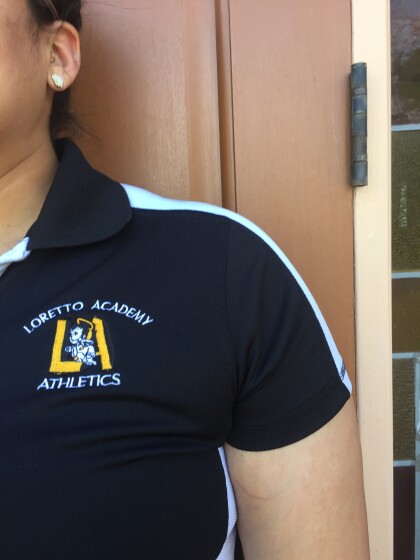

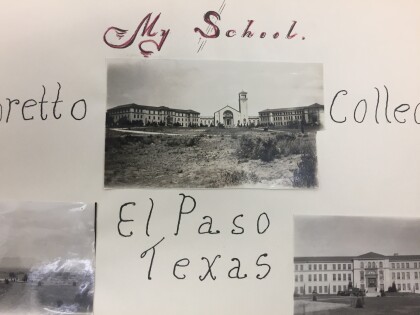
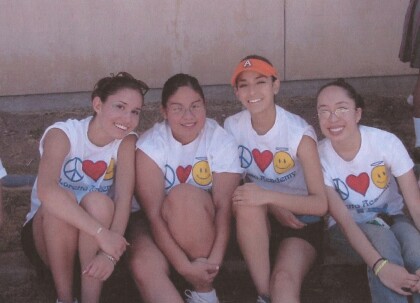

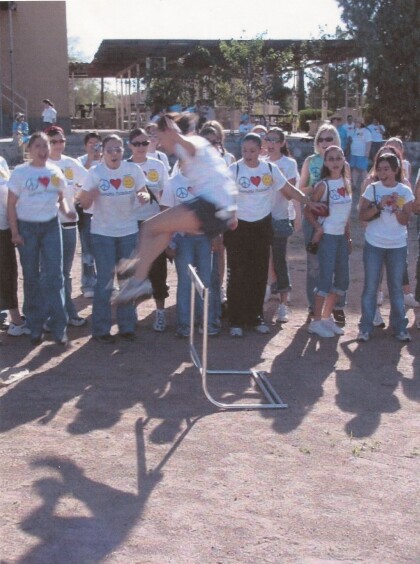
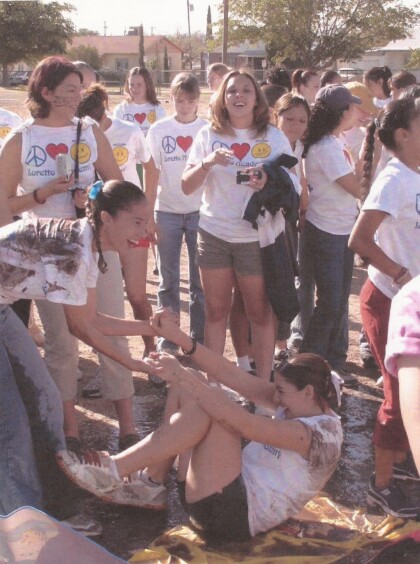
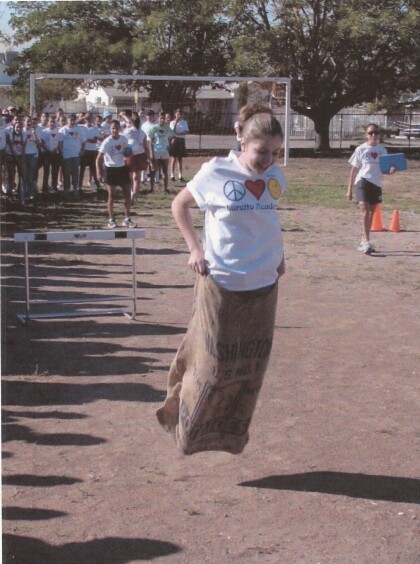
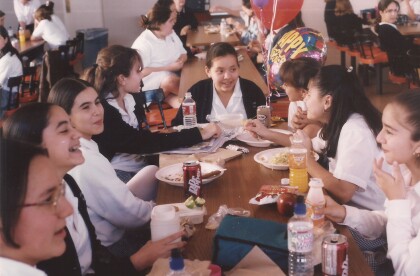




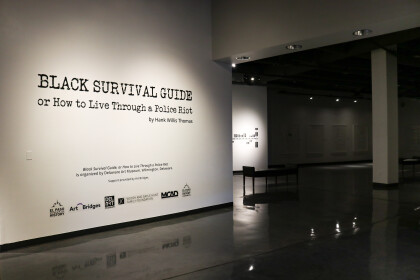
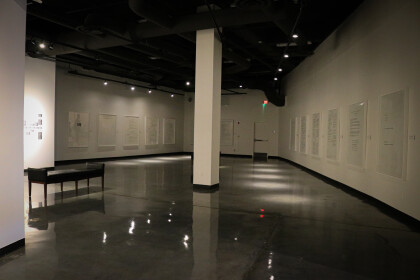

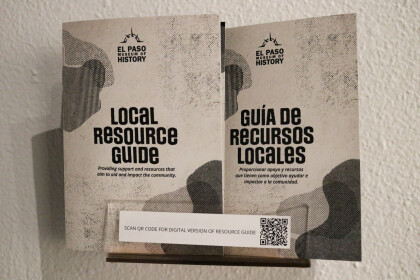

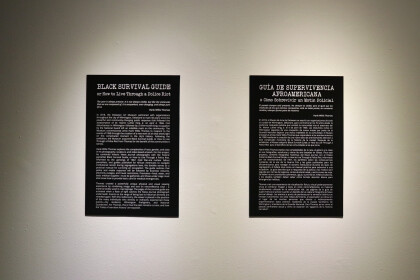
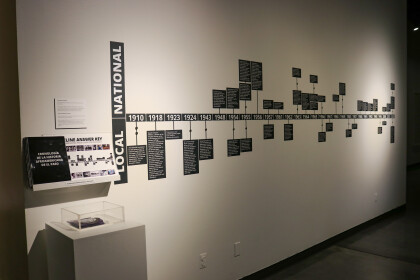
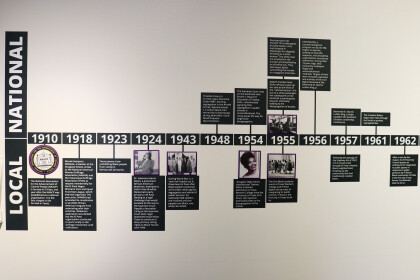
Comments
Add a comment